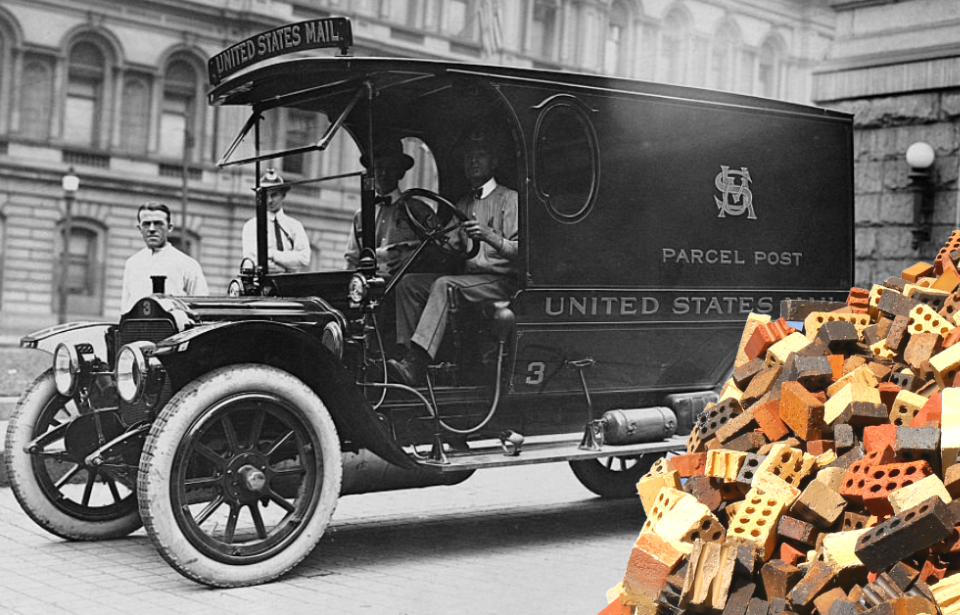When Parcel Post was introduced on January 1, 1913, it was a great day for businesses based in the United States of America. On that date, the Post Office Department raised the weight limit for parcels to 11 pounds. According to the US Postal Services website, the following year, Sears, Roebuck and Company fulfilled five times as many orders as it had done the year before.
However, one individual in Vernal, Utah, had a unique idea for how to employ Parcel Post: he’d use it to finish off his bank by having the special bricks he needed sent through the mail.
The Parcel Post revolution
Up until 1913, parcels could only be sent through the post if they weighed up to four pounds. But when the weight limit was increased to 11 pounds, that opened up a whole new avenue for businesses. Around three hundred million packages were mailed under this new tariff in the first six months alone.
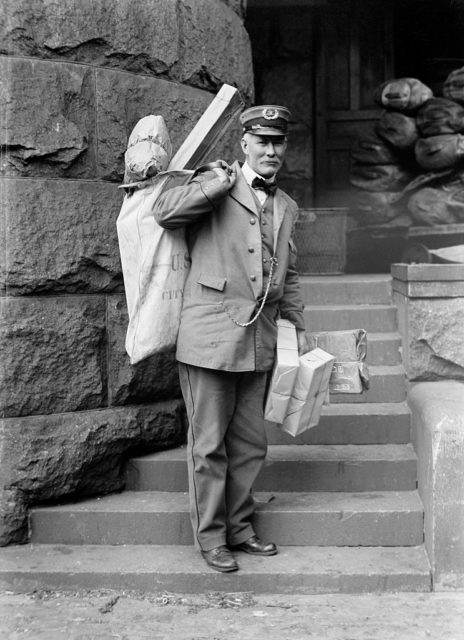
People were eager to try out this new service and would send parcels just for the novelty of seeing what could be transported. Eggs were a popular choice, especially since special packaging had been created to ensure these delicate items could be transported without being damaged.
According to the Postal Museum website: “Six eggs were the first objects sent by Parcel Post from St. Louis. Mailed to Edwardsville, Illinois, from the main city post office at 12:05 a.m., the eggs came back to St. Louis in the form of a freshly baked cake, which was delivered at 7 p.m.”
The Parcel Post proved so popular that the weight limit was increased again in August that year to 20 pounds, then 50 pounds in 1914, and eventually to 70 pounds.
A lifeline for Vernal
While people in cities all across America were enjoying the novelty of the Parcel Post, those who lived in remote areas were finding it an absolute lifeline. Items such as food and medicine could now be sent through the post, and farmers were able to ship their fresh goods directly to consumers.
One such out-of-the-way town was Vernal in northeastern Utah. On a map, Vernal is only about 125 miles east of Salt Lake City, but the trip can be up to 400 miles long due to mountains and rough terrain.
By 1916, the post office in Vernal was handling around two tons of mail per day. The post office staff had to work up to 15 hours a day just to keep up.
In the summer of 1916, a new two-story bank was being built in Vernal at 3 West Main Street. While most of it was constructed from local stone, bank director William Horace Colthorp wanted pressed bricks for the façade as they were more durable.
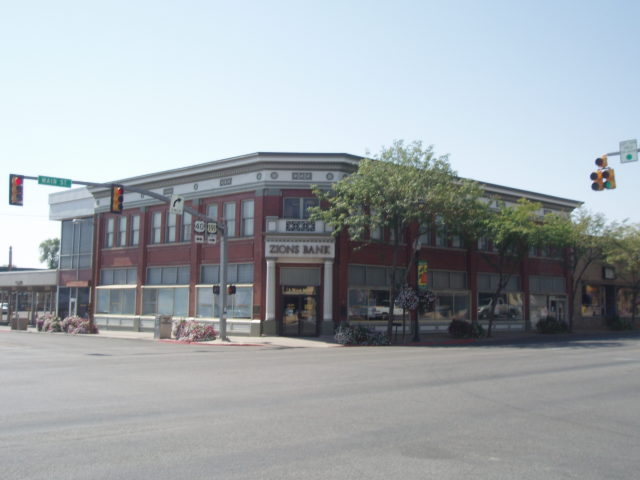
The nearest supplier of bricks was in Salt Lake City. However, it would cost a fortune to have the bricks brought to Vernal by a private carrier. According to John Baron, a history lecturer at Utah State University, the cost of freight wagons would have been “four times the cost of the brick to ship them. And parcel post rates were half that.”
So, Colthorp decided he would use the Post Office to get him his bricks.
A loophole for large parcels
As the popularity of Parcel Post took off, Postmaster General Albert Burleson made a rule in November 1914 that all Postmasters must check with the Second Assistant Postmaster General before they accept “a very large or unusual” number of parcels.
However, there was no definition of what constitute a “large or unusual” parcel, especially at a time when people were shipping everything from eggs to cement to children. Noble Warrum was the Postmaster of Salt Lake City and from 1915, he repeatedly asked the Department to provide a proper definition, but he received no answer. This left the way clear for Colthorp’s plan.
The bricks begin to arrive
Colthorp ordered his bricks from John B. Cahoon of the Salt Lake Pressed Brick Company. Each brick was individually wrapped in paper then placed in a wooden crate. Each crate held ten bricks, keeping it under the 50-pound weight limit in operation at the time.
In all, 1,500 crates were shipped, totaling 37.5 tons of bricks. While strictly allowable under the rules of the Post Office, the huge shipment had unintended consequences. One of the Uintah Railway Company’s trucks was destroyed after its brakes failed under the weight. The truck coasted backward before overturning and catching fire. Luckily, there were no fatalities.
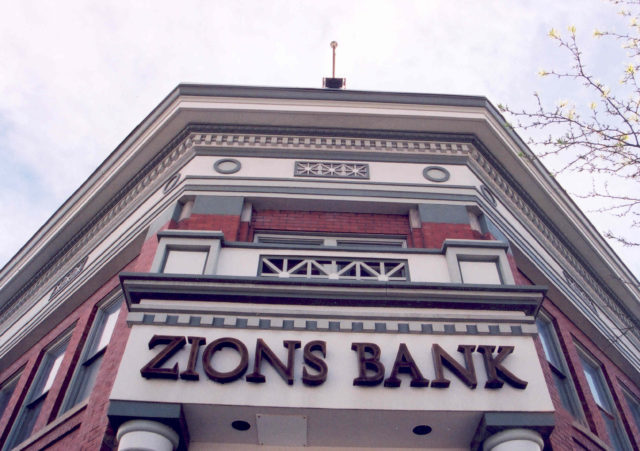
According to Kevin Van Tassell of Zions Bank (which has occupied the Vernal Bank building since 1974), the bricks began to pile up around the Post Office, and the Vernal postmaster was forced to send a telegram to Washington: “And he said, ‘Some S.O.B. is trying to ship a whole building through the US mail,’ except it was a little more colorful than that.”
The Vernal Bank was completed in November 1916 and was nicknamed “the Parcel Post Bank” due to its unusual construction.
The loophole is closed
On November 7, 1916, Second Assistant Postmaster General Otto Praeger put in a note in the Postmaster Bulletin that read: “hereafter when more than 200 pounds of merchandise, other than perishable matter, are offered for mailing by one sender to one addressee on the same day, it shall be considered a large or unusual shipment.” In such a situation, Postmasters were to seek advice before accepting it.
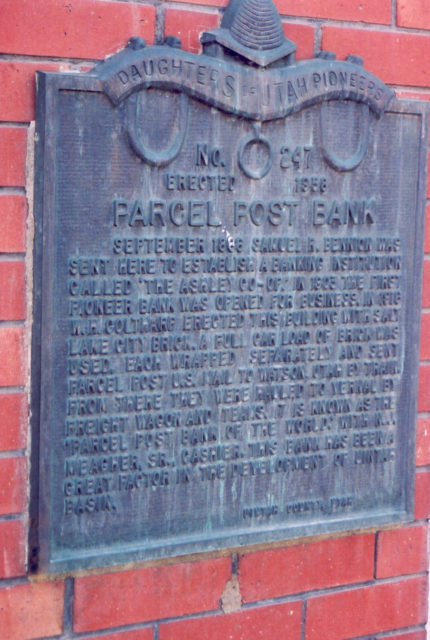
More from us: Radical Relocation: This Building Was Rotated 90° Over A Month While Employees Inside Kept Working
That didn’t stop some in Vernal from using the postal service for unusual items – including more bricks. According to an article in The Vernal Express published in November 1921:
“Bert Evans shipped in all the fire brick for his large new bake oven at the bakery, also all of the oven doors, etc.,” which just goes to show that people will always find a way around the rules.
